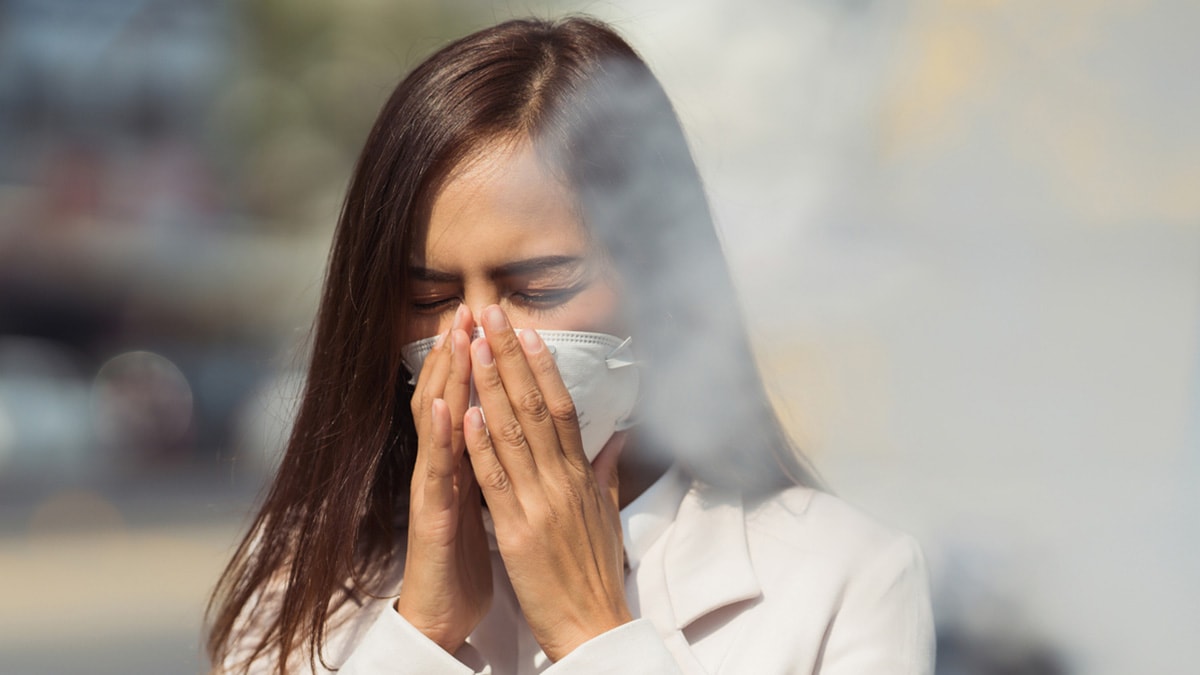
Air pollution is a global concern, with adverse effects on public health and the environment. As industrialisation and urbanisation have surged, so has the level of pollution in many major cities. However, few places exemplify the severity of this issue as Delhi does. The city’s air quality has deteriorated to such an extent that the government recently took the drastic step of banning firecrackers during Diwali to mitigate the already hazardous conditions.
What is PM 2.5 and PM 10?
According to the Centers for Disease Control and Prevention (CDC), PM 2.5 and PM 10 are terms used to describe different sizes of airborne particles found in the atmosphere:
PM 2.5 (Particulate Matter 2.5)
PM 2.5 refers to particles with a diameter of 2.5 micrometres or smaller. These particles are extremely small and can remain suspended in the air for extended periods. PM 2.5 is primarily generated from various sources, including vehicle emissions, industrial processes, construction activities, and the burning of fossil fuels.
PM 10 (Particulate Matter 10)
PM 10, on the other hand, includes particles with a diameter of 10 micrometers or smaller. These particles can originate from sources such as road dust, construction activities, industrial emissions, and natural sources like dust storms.
How dangerous are PM2.5 and PM10?
PM2.5 and PM10 are dangerous due to their ability to penetrate deep into the respiratory system and their association with various health problems, according to the California Air Resources Board.
Health Effects:
– PM2.5 Exposure
Exposure to PM2.5 has been associated with several adverse health effects, such as premature death, increased hospital admissions for heart or lung conditions, acute and chronic bronchitis, asthma attacks, emergency room visits, respiratory symptoms, and restricted activity days. These health impacts are primarily observed in vulnerable groups like infants, children, and older adults with preexisting heart or lung diseases.
-PM10 Exposure
Exposure to PM10 can worsen respiratory diseases like asthma and chronic obstructive pulmonary disease (COPD), leading to hospitalization and emergency department visits.
Highest Risk:
– Old people with chronic heart or lung disease.
– Children and infants who are more susceptible due to their smaller body sizes, faster breathing rates, and immature immune systems.
– Research indicates that children exposed to high PM2.5 levels may experience slower lung growth and smaller lungs at age 18.
Environmental Effects:
– PM affects visibility by scattering and absorbing light, reducing visibility in the atmosphere.
– Some PM components can contribute to climate warming, while others have a cooling influence, making PM a factor in climate change.
– PM can harm ecosystems by affecting plants, soil, and water through deposition and uptake by plants or water bodies. It can also affect water quality and clarity.
– Metals and organic compounds in PM have the potential to alter plant growth and yield.
– PM deposition on surfaces can lead to material soiling.
Indoor Concerns:
– Some indoor PM originates from outdoor sources, such as PM2.5 particles that enter through doors, windows, and building leaks.
– Indoor PM can also come from indoor activities like smoking, cooking, burning wood, candles, or incense.
– Particles can form indoors through complex reactions of gaseous pollutants emitted from sources like household cleaning products and air fresheners.
Ambient Air Quality Standards:
– Ambient air quality standards are set to define the maximum allowable levels of pollutants in outdoor air to protect human health.
– In 2002, the Board adopted annual average standards for PM2.5 and retained existing standards for PM10.
– The national PM2.5 standard was revised in 2012 to reflect the increased risk of premature mortality at lower PM2.5 concentrations.
Monitoring and controlling PM levels are essential to safeguard both public health and the environment.




